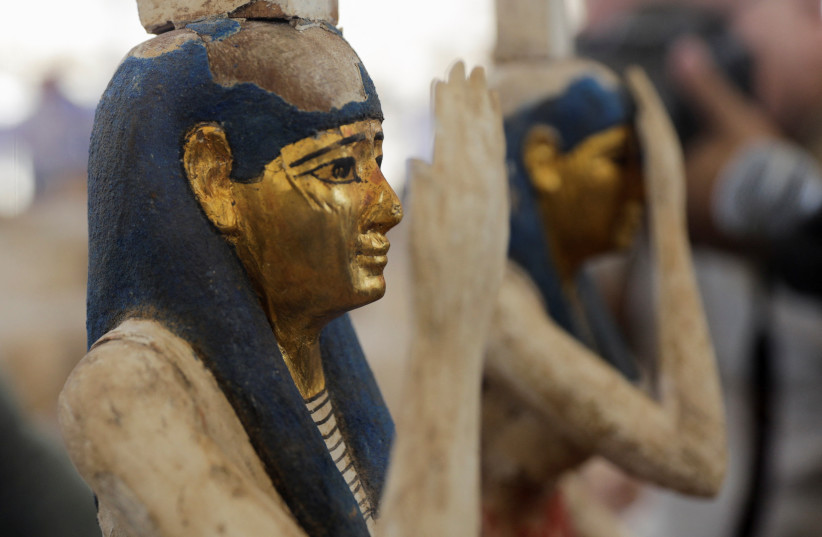A report published in Ahram Online on Tuesday announced the discovery of a sarcophagus, or stone coffin, belonging to a man named Ptah-M-Wia at the Egyptian necropolis Saqqara.
“The lid of the sarcophagus was broken diagonally, and the missing part was found in the corner of the chamber. The sarcophagus was empty except for some residue of tar from the mummification on the bottom.”
Lead researcher Ola El Aquizy
Ptah-M-Wia was a government official during the reign of Ramesses the 2nd, roughly between 1279 and 1213 BCE. Last year, his tomb was discovered, which included a 23-foot-long entrance shaft leading into a square room and two more rooms. The square, main room had an opening in the floor with stairs that led to the burial chamber.
Sarcophagus recovery process
A team of researchers at Cairo University led by Ola El Aquizy recovered the sarcophagus. The lid of the coffin was found decorated with the usual inscription found on New Kingdom sarcophagi. It depicts the goddess Nut with her wings spread, the four sons of Horus and the deceased Ptah-M-Wia with crossed arms and a beard, holding the Tyet symbol of Isis and the Djed symbol of Osiris.

“The lid of the sarcophagus was broken diagonally, and the missing part was found in the corner of the chamber,” El Aguizy noted. “The sarcophagus was empty except for some residue of tar from the mummification on the bottom.”
Saqqara is part of a large cemetery for the ancient Egyptian capital of Memphis. Located outside of Cairo, it lies south of the Great Pyramids of Giza. This expansive necropolis, a United Nations Education, Scientific and Cultural Organization (UNESCO) World Heritage Site, continues to provide rich archaeological discoveries as it has been doing in recent years.
